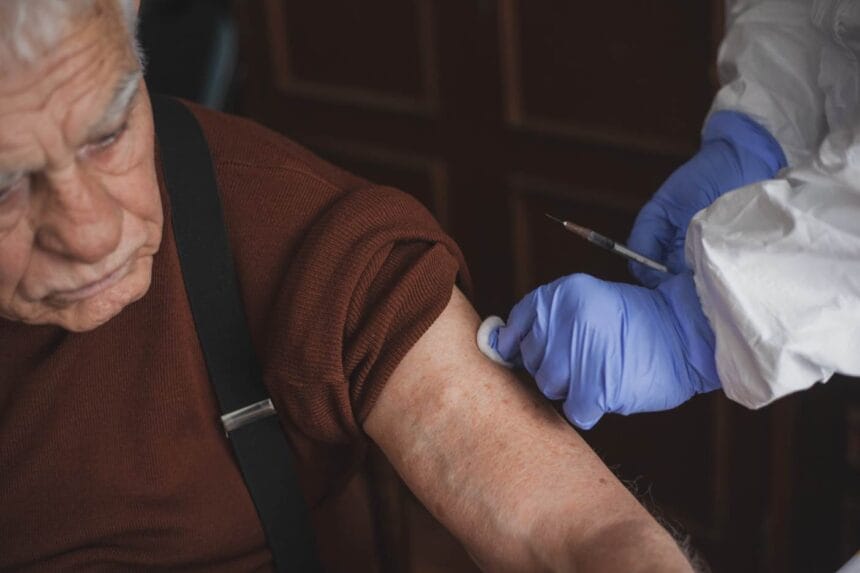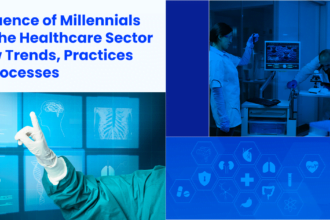Access to healthcare is not a uniform experience. For marginalized and underserved populations, securing even basic medical services can involve barriers that those in well-resourced communities rarely face. From geography and income to discrimination and systemic disconnection, these obstacles compound over time, resulting in disproportionate rates of chronic illness, reduced life expectancy, and poor mental health outcomes.
The Impact of Place and Policy
Where someone lives still plays an outsized role in their access to care. Rural areas often lack sufficient medical professionals, specialists, and clinics. Public transportation may be limited or nonexistent, forcing residents to rely on infrequent or costly alternatives to reach faraway health centers. In urban areas, the concentration of services might appear high, but insurance restrictions, long wait times, and distrust shaped by past negative experiences reduce the likelihood that residents will seek or continue care.
Policy decisions can either close or widen these gaps. Medicaid expansion, for instance, has led to increased coverage in some states, while others have held back, leaving low-income adults without options. Programs that support community clinics or extend telehealth services into remote zip codes have shown promise, but scale remains limited. Language access, cultural sensitivity, and continuity of care are additional layers that often go unaddressed in mainstream systems.
Invisible Labor, Essential Support
Many families rely on informal caregiving to support their loved ones, especially older adults or people living with disabilities. In lower-income households, this responsibility may fall to a relative who must juggle employment, transportation, and care responsibilities without outside support. Programs that recognize the role of a paid family caregiver offer meaningful relief and increase the chances that vulnerable individuals can remain in their homes safely and with dignity. However, access to such support varies widely by location and policy structure.
Equity Requires Infrastructure
Solving these access gaps is not just about expanding clinics or recruiting more staff. It requires a focus on structural equity. This includes recognizing the health impact of housing, food security, childcare, and employment. It means investing in public health programs that listen to the communities they serve and adapt based on feedback and results. Incentives for providers to serve high-need areas, along with technology that can bridge gaps without creating new ones, are essential.
Healthcare systems that commit to equity cannot afford to overlook those who live in the margins. The cost of inaction is measured in preventable disease, family instability, and avoidable death. True progress means everyone, regardless of income, race, ZIP code, or citizenship status, can access care that treats them as a person, not a problem. Look over the infographic below to learn more.
Infographic Embed Code:










